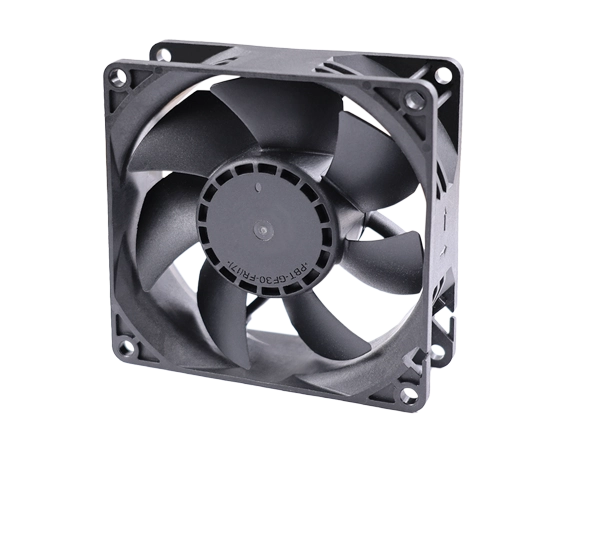The type-C USB adapter board has revolutionized how we connect and power our devices. Emerging in the mid-2010s, this technology replaced older USB types with a more versatile and user-friendly option. Its reversible design and faster data transfer rates made it an instant hit among tech enthusiasts.
Today, the type-C USB adapter board is essential for anyone using modern gadgets. From smartphones to laptops, it simplifies connections and enhances performance. This post will explore its features, benefits, and why it's a must-have accessory in your tech arsenal. Get ready to dive into the world of type-C USB adapters and discover how they can improve your daily tech experience.
Key Takeaways
-
Choose Quality: When selecting a Type-C USB adapter board, prioritize high-quality brands to ensure better performance and longevity, as discussed in the "Selecting the Right Adapter Board" section.
-
Check Compatibility: Always confirm that the adapter board is compatible with your devices to avoid connection issues, as highlighted in "Device Compatibility and Performance."
-
Utilize Benefits: Take advantage of the benefits of Type-C USB adapters, such as faster data transfer speeds and charging capabilities mentioned in "Benefits of Using Type-C USB Adapters."
-
Follow Installation Tips: Refer to the "Installation and Setup Guide" for step-by-step instructions to ensure proper installation and avoid common mistakes.
-
Regular Maintenance: Implement the troubleshooting and maintenance tips provided to keep your adapter board functioning optimally and extend its lifespan.
-
Explore Applications: Understand the various applications and use cases for Type-C USB adapters to maximize their utility in your daily tech setup, as explained in "Common Applications and Use Cases."
Understanding Type-C USB Adapter Boards
Purpose of Adapter Boards
Type-C USB adapter boards serve a crucial role in modern electronics. They enable connections between various devices, such as smartphones, laptops, and peripherals. These adapters allow users to link devices that may have different USB types. For example, a Type-C adapter can connect to older USB-A devices. This versatility ensures compatibility across a wide range of gadgets.
These boards also support multiple functions. They can transfer data, deliver power, or even transmit video signals. With the growing number of USB devices, the need for these adapter boards has increased. Users benefit from having a single solution for multiple connectivity needs.
Reversible Connector Design
The reversible connector design is one of the standout features of Type-C USB adapters. Unlike previous USB types, which had specific orientations, Type-C connectors fit in either way. This design simplifies the user experience significantly. Users no longer struggle to insert the connector correctly.
This convenience enhances usability for everyone, especially in low-light situations. People often find themselves fumbling with cables in dark environments. The ease of use provided by the reversible design makes connecting devices quicker and more efficient.
Transition from Older Standards
The transition from older USB standards to Type-C has transformed the industry. Before Type-C, USB-A and USB-B were the most common types used. These older standards had limitations in terms of speed and power delivery. For instance, USB 2.0 offered speeds up to 480 Mbps while USB 3.0 reached up to 5 Gbps.
Type-C changes this landscape dramatically. It supports higher data transfer rates and greater power delivery capabilities. The standard can handle up to 100 watts of power, making it suitable for charging laptops and other high-power devices.
In 2014, the USB Implementers Forum introduced the Type-C standard. Since then, manufacturers have increasingly adopted it across devices. Many new smartphones and laptops now come equipped with Type-C ports exclusively. This shift indicates a clear trend towards uniformity in device connections.
Summary
Type-C USB adapter boards are essential for connecting various electronic devices today. Their purpose lies in providing compatibility across different USB types while supporting multiple functions like data transfer and power delivery.
The reversible connector design greatly enhances user convenience by eliminating orientation issues during connection attempts. Furthermore, the transition from older USB standards marks a significant advancement in technology, offering faster speeds and better power management.
Benefits of Using Type-C USB Adapters
Enhanced Speed
Type-C USB adapters provide enhanced data transfer speeds. These adapters often support USB 3.1 or higher. This means they can transfer data at rates up to 10 Gbps. In contrast, classic USB connectors typically offer lower speeds. This significant difference makes Type-C ideal for transferring large files quickly.
Faster data transfer is crucial for many users. For instance, photographers often need to move high-resolution images. Musicians may transfer large audio files. Type-C adapters make these tasks easier and faster.
Versatile Connections
Type-C adapters are versatile in connecting various devices. They can link smartphones, tablets, laptops, and peripherals. This adaptability makes them a popular choice among users.
Many devices now feature the Type-C interface. These include newer smartphones and laptops. Users can connect devices without worrying about compatibility issues. This convenience reduces the frustration of inconvenient USB insertion found with older connectors.
Moreover, Type-C supports multiple protocols through a single connector. It can handle HDMI, DisplayPort, and even Ethernet connections. This flexibility simplifies setups for both home and office environments.
Improved Power Delivery
Type-C adapters also enhance power delivery capabilities. They support the USB Power Delivery Protocol (PD). This allows for faster charging of devices compared to traditional USB options.
With USB PD, devices can negotiate power requirements efficiently. For example, a laptop can receive up to 100 watts of power through a Type-C connection. This is particularly useful for charging larger devices quickly.
Smartphones benefit from this feature as well. Users can charge their phones much faster with compatible chargers. A typical phone might go from zero to full charge in under an hour with a Type-C adapter.
Broad Compatibility
Using Type-C adapters ensures broad compatibility across devices. They work seamlessly with both older and newer technology. Users can connect classic USB devices via an adapter without hassle.
This broad compatibility helps reduce clutter in tech drawers. Instead of keeping multiple cables for different devices, one Type-C adapter suffices for many needs.
https://www.hakrc.com/HAKRC-TYPE-C-USB-adapter-board.html
Shenzhen Haike Technology Co., Ltd.

